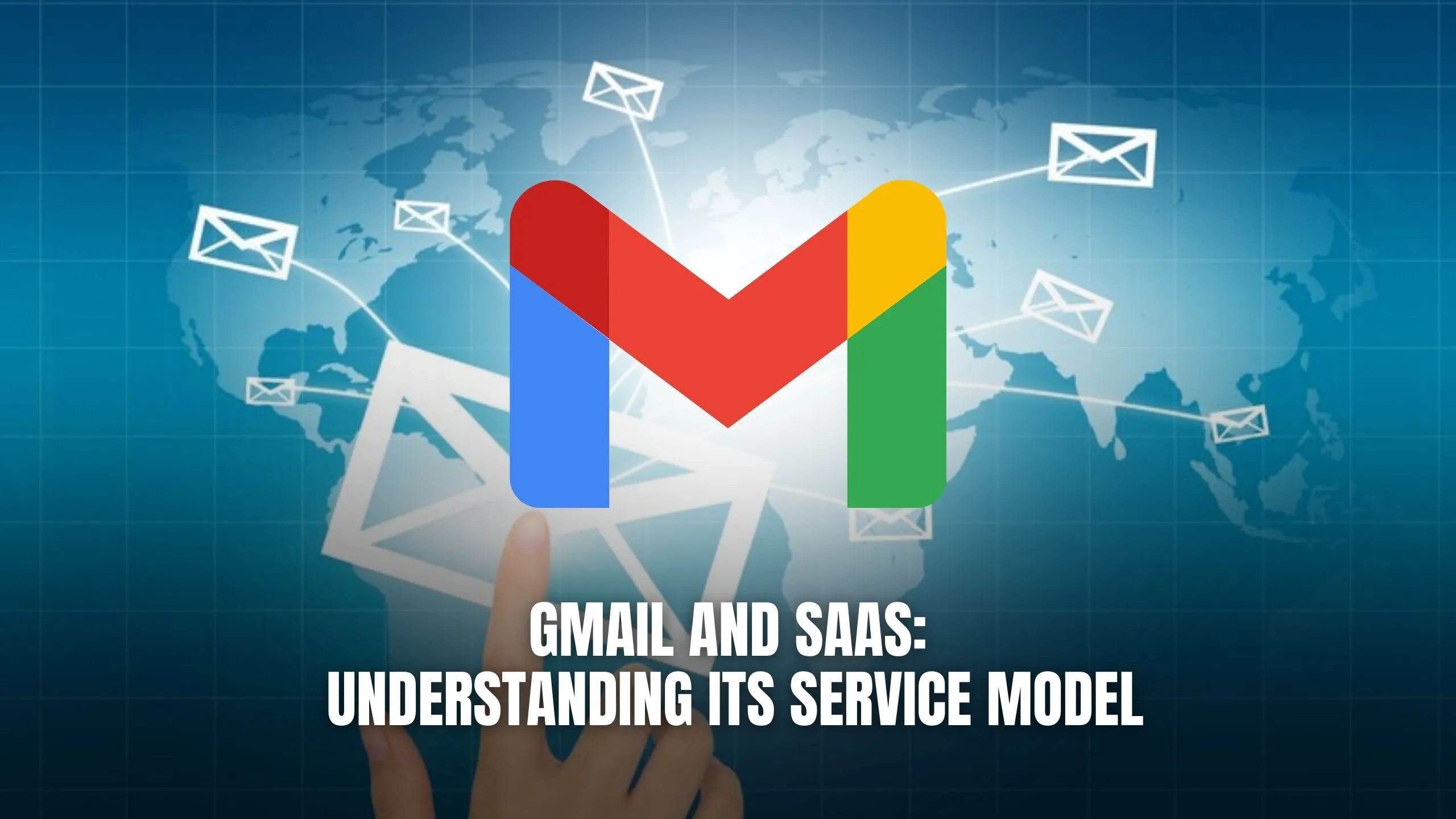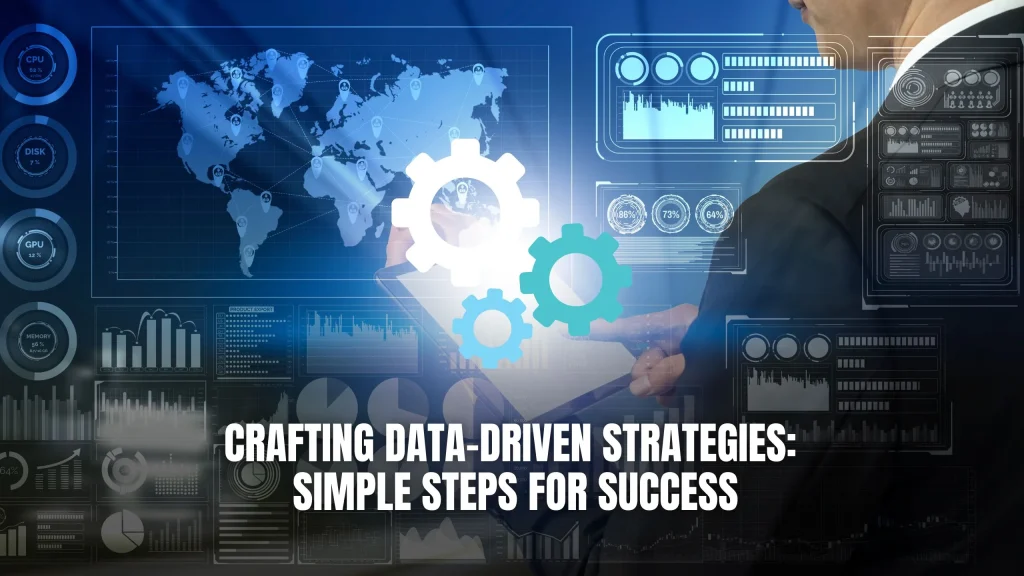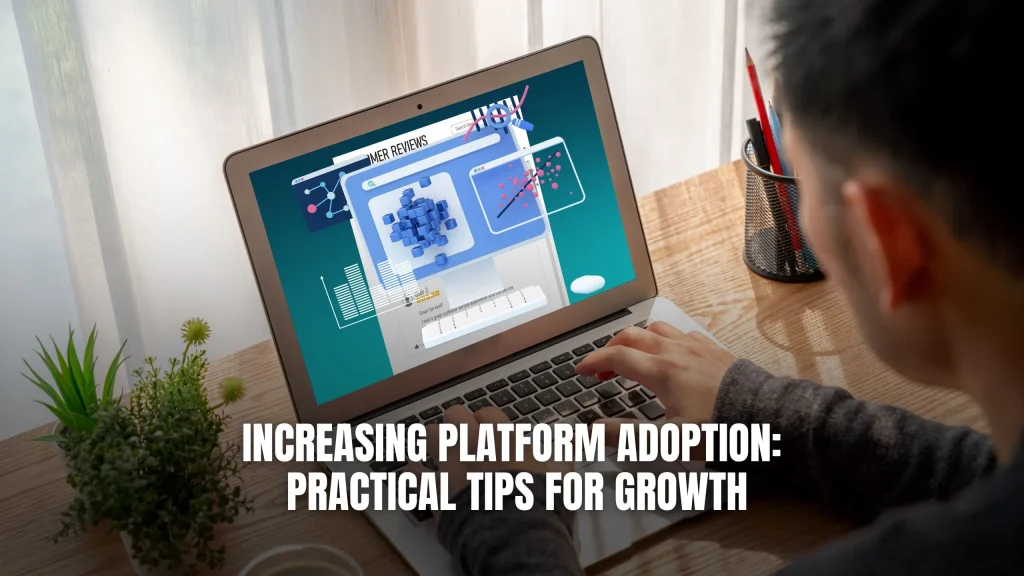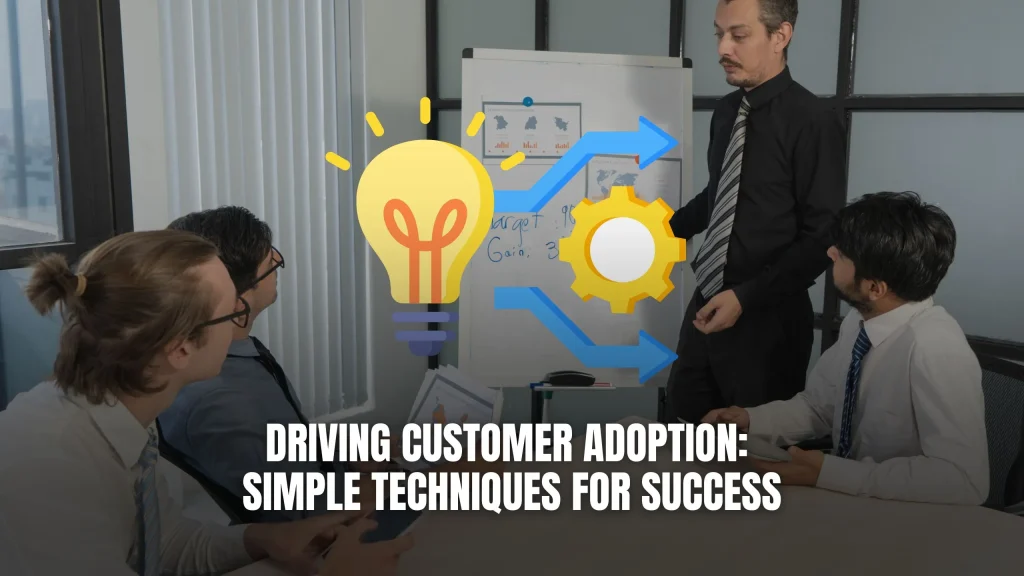Gmail and SaaS: Understanding its Service Model

Gmail and SaaS: Understanding its Service Model
Gmail, Google’s popular email service, operates under the Software as a Service (SaaS) model. This model offers several advantages, including accessibility, scalability, and automatic updates. Let’s delve deeper into the SaaS nature of Gmail and its implications for users and businesses.
Gmail as a SaaS Offering
Gmail exemplifies the SaaS model by providing email services through a web-based platform. Users access Gmail through their web browsers or mobile apps, eliminating the need for local email software installations. This cloud-based approach allows for seamless access to emails from any device with an internet connection.
Advantages of Gmail’s SaaS Model
- Accessibility: With Gmail being cloud-based, users can access their emails from anywhere, at any time, using any device with internet connectivity. This enhances flexibility and productivity, especially for remote teams or individuals on the go.
- Scalability: Gmail’s SaaS model offers scalable solutions for businesses of all sizes. Whether you’re a solopreneur or a large enterprise, Gmail can accommodate your email needs without requiring additional infrastructure investments or IT support.
- Automatic Updates: As a SaaS offering, Gmail receives regular updates and feature enhancements from Google. Users benefit from these updates without the hassle of manual installations or maintenance, ensuring they always have access to the latest features and security patches.
- Cost-Efficiency: Gmail operates on a subscription-based pricing model, typically offering both free and paid plans. This allows businesses to choose a plan that aligns with their budget and scale their email infrastructure as needed, without incurring significant upfront costs.
- Collaboration Features: Gmail integrates seamlessly with other Google Workspace (formerly G Suite) applications, such as Google Drive, Google Calendar, and Google Docs. This enables efficient collaboration and communication within teams, further enhancing productivity and workflow management.
Relevant SaaS Products:
- Microsoft 365: Comprehensive suite of productivity tools, including Outlook for email management, Word, Excel, and Teams for collaboration.
- Slack: Messaging platform designed for team communication and collaboration, offering features like channels, direct messaging, and integrations with third-party apps.
- Zoom: Video conferencing software known for its ease of use and reliability, facilitating virtual meetings, webinars, and remote collaboration.
- Salesforce: Cloud-based customer relationship management (CRM) platform, helping businesses manage sales, marketing, and customer support processes.
- HubSpot: All-in-one inbound marketing and sales platform, offering tools for email marketing, lead management, content management, and customer relationship management.
Conclusion
Gmail’s adoption of the SaaS model has revolutionized email management for individuals and businesses alike. Its cloud-based infrastructure, accessibility, scalability, and collaboration features make it a powerful tool for enhancing productivity and communication. By understanding the SaaS nature of Gmail and leveraging its capabilities, users can streamline their email workflows and focus on achieving their goals.
Simplify Your Email Workflow with Subscribed.fyi!
Unlock exclusive deals on essential SaaS tools, including email management solutions, with Subscribed.fyi. Sign up today to access savings on Gmail alternatives, collaboration platforms, and productivity tools tailored to your business needs.
Relevant Links:






